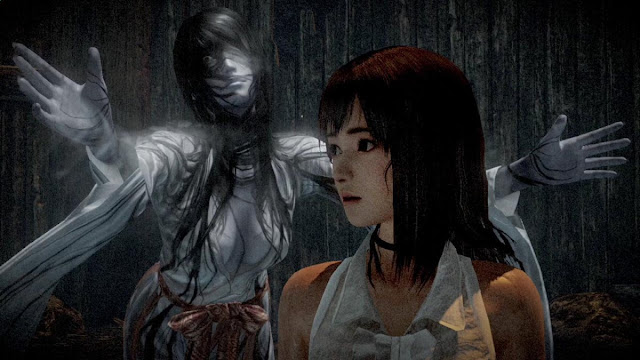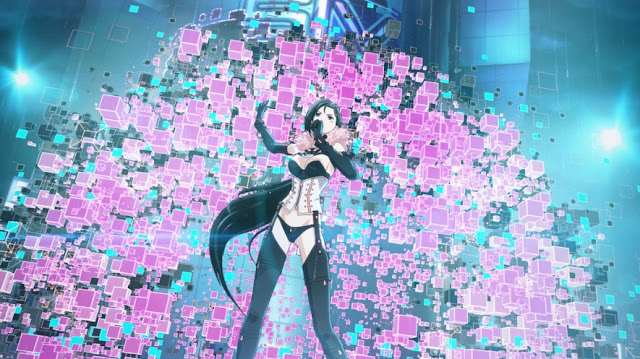Opinion by Matt S.
No one would say that the Wii U was a commercial success. Actually, scratch that, no one aside from the most rabid fanboys would make such a claim. The console suffered from a complete dearth of support from third parties, sold in trickling numbers across the globe, and its key feature, the dual-screen gameplay enabled by the gamepad, was rarely used to great effect.
And yet, while you probably wouldn’t use it as your main gaming device, as a secondary unit, the Wii U offers a lot, and is severely underrated on what it does offer. With Tokyo Mirage Sessions #FE likely to be the last great dedicated Wii U game before the replacement NX is released next year, I felt that now would be a good time to look back on what the console did offer, and is rarely appreciated for it.
At first, the console showed true potential. Launching with Nintendo Land was a good move, for example, as that game, while not quite Wii Sports in its ability to introduce anyone, of any age, and any skill set, to what the console could do, was nonetheless a worthy social game, offering a number of unique takes on how games could use the second screen to complement the action on the main screen.
To read on, log in to your DDNet Premium account:










